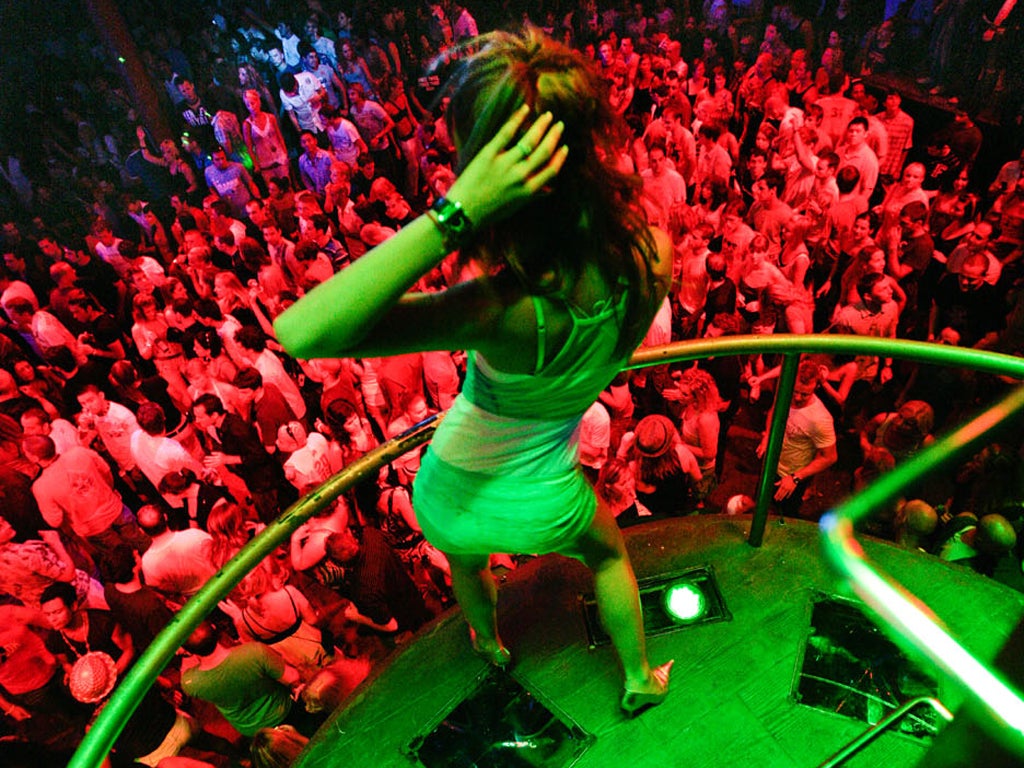The first NHS clinic dedicated to helping people overcome their addiction to so-called "club drugs" has opened.
Doctors claim that the use of drugs such as ketamine, mephedrone, ecstasy and liquid ecstasy, as well as other "legal highs", is increasing. Existing addiction centres tend to focus on alcohol, crack cocaine and heroin, so people who develop problems with "designer drugs" often do not seek help, they say.
Dr Owen Bowden-Jones, consultant psychiatrist and founder of the Club Drug Clinic in Chelsea and Westminster Hospital, said it was difficult to calculate exactly how many people were suffering from the side-effects of "club drugs".
"Patterns of drug use are changing and over the last two or three years we have continued to see an increase in the use of 'club drugs'," he said. "There are new drugs emerging all the time. The health risks associated with excessive use of club drugs are underestimated by many and little is known about the potential problems of the newer drugs."
The treatment centre – which has funding from the Central and North-west London NHS Foundation Trust – has been operating a pilot scheme for five months and has already received more than 70 referrals.
Among the first patients was a 27-year-old man who had become so addicted to GHB, a class-C drug also known as "liquid ecstasy", that he was waking himself up every two hours during the night to take more. Withdrawal symptoms for GHB can be severe – sweating, severe tremor and sometimes psychosis.
One 31-year-old woman who called at the clinic was suffering from "ketamine bladder", a condition suffered by heavy users which leaves them urinating blood.
Dr Bowden-Jones said those who take club drugs tend to be younger, employed and sometimes affluent. They are often in relationships and don't necessarily identify themselves as addicts.
The psychiatrist said he hoped that the clinic would spur addicts into contacting them directly. He added that GPs and accident and emergency doctors were frequently uninformed about the side-effects of club drugs. It is hoped that the clinic's work will provide hard information on the addictiveness of club drugs, something which has so far been difficult to establish.
Professor John Ramsey, an analytical toxicologist at St George's University in London, said scientists discovered 41 new and different chemical compounds being taken by clubbers last year, and 20 so far this year.
"It is very difficult for pharmaceutical companies to discover and to properly analyse these new drugs at the rate at which they appear," he said. "The best way for scientists to provide proper evidence-based recommendations would be by examining their effects on the small group of young people who are taking them."
Designer drugs
* Ketamine: a survey carried out in 2009 revealed that 68 per cent of UK clubbers had taken this drug, up from just 25 per cent in 2001. Known as K, the tranquiliser has side-effects including dizziness, nausea, blurred sight and speech.
* Mephedrone: legal until April 2010, its effects are similar to those of cocaine and ecstasy. Since being criminalised its price has risen and usage has fallen.
* GHB/GBL: a clear, salty liquid with no smell, seen as a cheap, legal, and less harmful alternative to ecstasy. It is popular among clubbers. Dependency can lead to withdrawal symptoms, including tremors and anxiety attacks.
Subscribe to Independent Premium to bookmark this article
Want to bookmark your favourite articles and stories to read or reference later? Start your Independent Premium subscription today.


Join our commenting forum
Join thought-provoking conversations, follow other Independent readers and see their replies